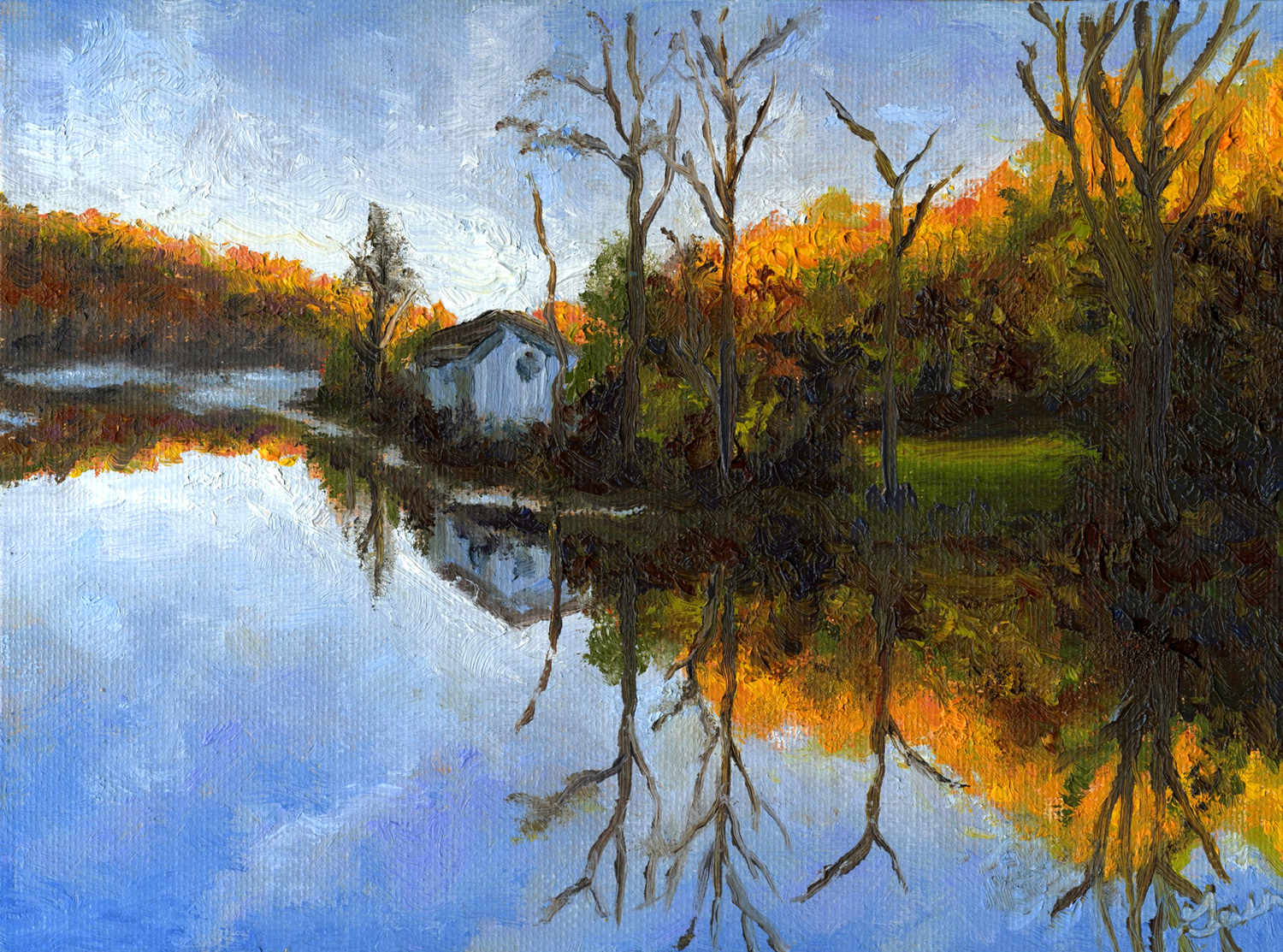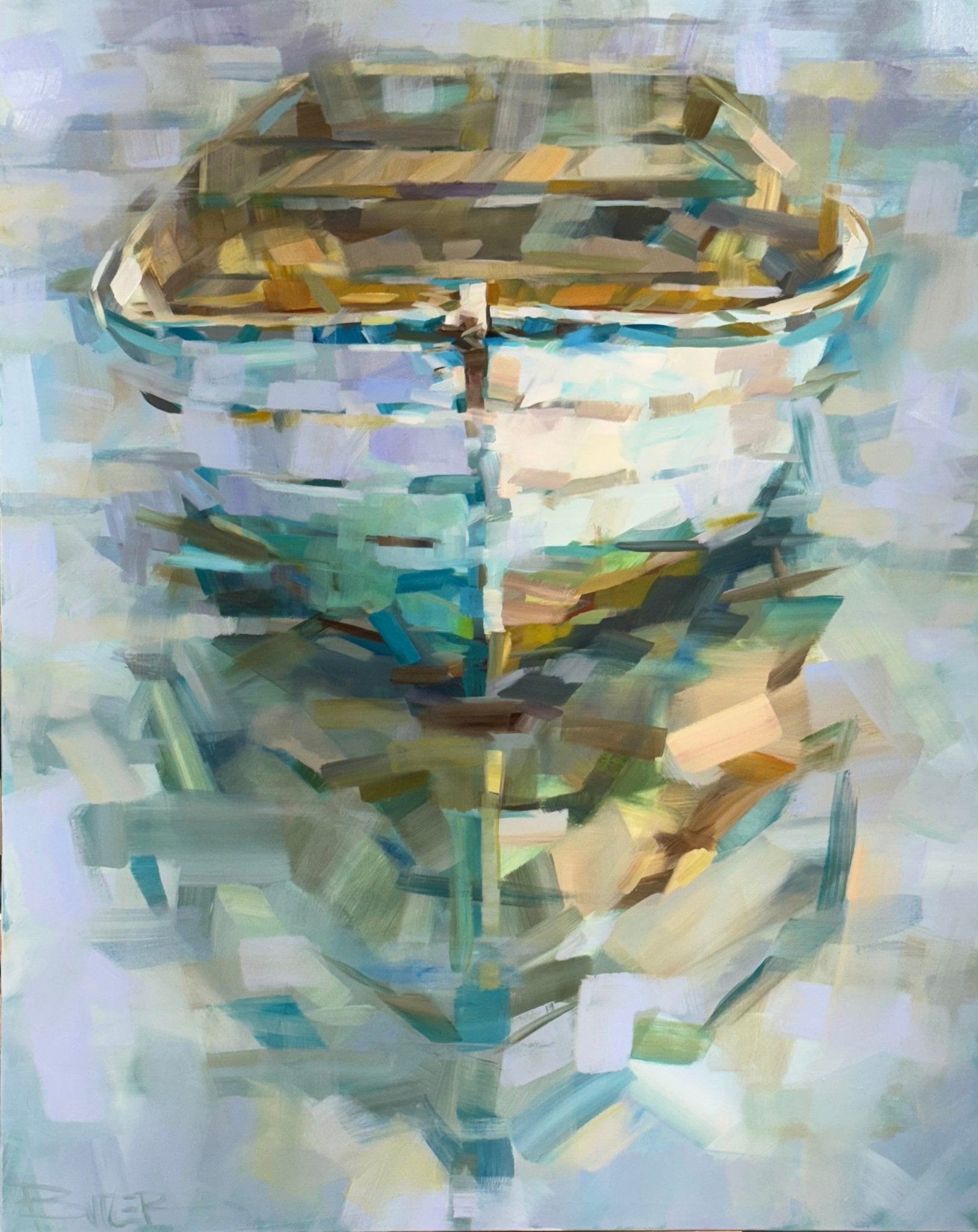The Benefits of Buying Oil Paints: Why They Are a Timeless Financial investment
The benefits of getting oil paintings extend past simple aesthetic appeals. These artworks carry historical importance and cultural worth, making them beneficial additions to any collection. Their distinct appearances and techniques add to an engaging visual experience. Recognized musicians typically see their job appreciate over time, presenting a prospective economic benefit. As one discovers the complex factors for spending in oil paints, the much deeper effects of such a selection become significantly apparent
The Visual Appeal of Oil Paintings
The attraction of oil paintings lies in their vivid colors and rich appearances, which can transform any type of area into a fascinating atmosphere. These art work have a depth that astounds customers, drawing them into the intricacies of the brushstrokes and the interplay of light and darkness. The glossy finish of oil paint improves the visual experience, enlivening scenes and topics in a manner that various other mediums commonly can not attain. In addition, the range of designs-- from timeless to contemporary-- enables a diverse choice that can complement any décor. The psychological resonance shared through color choices and strategies adds a layer of link between the artwork and the observer, making oil paintings not just decorative items, but effective expressions of artistic vision.
Historical Relevance and Cultural Worth
Oil paints serve as important links to a creative heritage, showcasing methods and styles that have evolved over centuries. They envelop social expressions and identifications, reflecting the worths and narratives of their time. By getting these works, individuals add to the preservation of history and the gratitude of varied cultural legacies.
Artistic Heritage Preservation
While several may forget the value of creative heritage, buying oil paints plays a necessary duty in preserving historical and social stories. These art work act as aesthetic paperwork of their time, catching the significance of social worths, customs, and historical events. By getting oil paints, enthusiasts add to the securing of social heritages, making sure that future generations can value and learn from these creative expressions. Each piece shows the special tale of its designer and the context in which it was made. Additionally, the ongoing gratitude and display screen of oil paintings in numerous setups help to promote an understanding of diverse creative activities, enhancing the cultural landscape. Investing in oil paintings is not just an economic decision but an act of social stewardship.
Social Expression and Identity
Art works as an effective medium for cultural expression and identification, reflecting the varied stories that form cultures. Oil paintings, particularly, record the essence of social heritage, illustrating sociopolitical climates and historic contexts. Each brushstroke conveys feelings and tales unique to particular traditions, permitting viewers to engage with the artist's cultural history. This connection fosters a feeling of belonging and recognizing amongst various areas. Furthermore, oil paints usually function as visual documents of social advancement, showcasing changes in identification over time. The investment in these artworks not only sustains artists however also maintains cultural legacies, making them substantial assets for enthusiasts. Eventually, oil paintings enhance one's gratitude for the complexities of human experience and the abundant tapestry of social identification.
Appreciation in Worth Over Time

The appreciation of oil paints with time is influenced by various variables, including historic value fads that show transforming tastes and cultural significance. In addition, the online reputation of the artist plays an essential duty in figuring out the art work's market value, often enhancing as the musician gains recognition. Market demand fluctuations can additionally impact prices, making oil paintings a possibly rewarding financial investment for collectors.
Historic Worth Trends
As enthusiasts seek to purchase substantial properties, the historic worth patterns of oil paintings expose a compelling story of gratitude in time. Historically, oil paintings have shown a consistent upward trajectory in worth, specifically for works by recognized artists. Economic cycles and market need have influenced these patterns, with periods of enhanced passion commonly leading to considerable price surges. Auction records often highlight the amazing returns achieved by iconic pieces, better enhancing the notion of oil paints as viable long-lasting investments. Additionally, cultural movements and changes in enthusiast choices have actually occasionally stimulated unexpected admiration, revealing that the art market, while somewhat unforeseeable, typically prefers high quality oil paintings. Recognizing these historic patterns can guide investors in making educated decisions.
Artist Online Reputation Influence
While the reputation of a musician plays a necessary function in the gratitude of oil paintings, it is essential to recognize that this influence can vary substantially based on several factors. Developed musicians, specifically those with a substantial historical or cultural impact, often tend to see their works appreciate much more rapidly. Alternatively, lesser-known or arising musicians might not experience the same degree of demand, affecting their art work's worth. Additionally, the artist's capacity to produce a consistent body of job and preserve significance in the art world can affect lasting recognition. Enthusiasts frequently seek jobs from musicians who are recognized by trusted galleries and organizations, which can additionally improve the worth of an oil painting gradually, making artist credibility a vital factor to consider in investment decisions.

Market Need Variations
How do market demand variations influence the admiration of oil paints over time? The worth of oil paints is fundamentally connected to market need, which can differ based upon financial problems, patterns, and collection agencies' choices. In times of financial success, need frequently climbs, causing increased costs as even more purchasers enter the marketplace. Alternatively, throughout financial slumps, demand may diminish, causing worths to stagnate or also decline. Additionally, the popularity of certain artists can change, impacting their work's value. Inevitably, comprehending market demand is important for capitalists, as well-managed collections can appreciate substantially in time, mirroring both the ability of the artist and the wider market dynamics. This interaction emphasizes the significance of critical buying in oil painting investments.
One-of-a-kind Structures and Methods
Oil paintings astound customers with their distinctive structures and techniques, showcasing the artist's mastery over the tool. The thick application of paint, understood as impasto, develops a three-dimensional effect, inviting touch and enhancing visual deepness. Artists frequently employ various brush strokes, layering, and glazing approaches to attain intricate information and luminous shades. This convenience enables rich contrasts and refined changes, making each artwork distinctly meaningful. Moreover, the sluggish drying time of oil paint allows artists to mix colors perfectly, causing smooth slopes and vivid tones. These techniques add to the painting's general character, making it an engaging focal factor. Each oil paint acts as a sign of the creative thinking and skill integral in conventional imaginative practices.
Convenience in Home Decor
The distinct appearances and techniques of oil paintings not just showcase imaginative skill however also boost their flexibility in home style. These artworks can perfectly match various indoor styles, from contemporary minimal to standard style. Oil paintings work as focal factors, attracting focus and sparking conversation among visitors. Their rich shades and depth can integrate with different shade palettes, making them adaptable to changing style fads. Additionally, the psychological resonance of oil paintings can produce atmosphere, whether it be heat in a relaxing living-room or vibrancy in an innovative workspace. By integrating oil paints, property owners raise their areas, changing them right into attentively curated environments that show individual taste and artistic admiration. Inevitably, oil paints are an enduring option for enhancing home aesthetic appeals.
Connection to Distinguished Artists
While numerous art forms can evoke adoration, buying oil paintings frequently establishes an one-of-a-kind link to distinguished artists throughout history. Having an oil painting permits collectors to engage with the creative visions of masters like Van Gogh, Monet, and Rembrandt. Each brushstroke embodies the artist's objectives, strategies, and feelings, offering understanding right into their world. This link transcends time, as each item brings a narrative that mirrors the social and historic context of its creation. Enthusiasts not only get a work of art but additionally a piece of the musician's heritage. As art lovers discover the stories behind these paints, they get a deeper appreciation for the workmanship and imaginative motions that shaped their advancement, enhancing the value of their investment.
Emotional and emotional Advantages of Art
Art frequently acts as an effective catalyst for emotional and emotional health. The visibility of oil paintings in a home can stimulate a variety of emotions, from harmony to ideas. Their lively colors and detailed information use customers a retreat, allowing for representation and consideration. Studies suggest that engaging with art can lower anxiety and anxiety, cultivating a feeling of calm. Furthermore, having initial art work can develop a personal connection, improving feelings of pride and delight. This emotional bond often results in get more info a deeper gratitude of one's environments, transforming a home right into a home. Ultimately, the psychological benefits of art extend beyond appearances, contributing to overall mental health and enriching life experiences.

Frequently Asked Concerns
Just how Do I Choose the Right Oil Paint for My Space?
Selecting the ideal oil paint entails taking into consideration the space's color pattern, size, and general aesthetic. One should evaluate personal preference, the painting's psychological influence, and just how well it enhances existing decor prior to deciding.

What Aspects Influence the Value of an Oil Paint?
The value of an oil paint is influenced by factors such as the musician's online reputation, provenance, historic importance, condition, market, and rarity need. Each aspect adds to general worth and worth amongst collection agencies.
Just How Can I Take Care Of and Preserve My Oil Paint?
To look after and maintain an oil painting, one need to frequently dust it with a soft cloth, avoid direct sunlight exposure, control moisture levels, and take into consideration specialist cleaning to preserve its vibrancy and stability.
Are There Certain Artists Recognized for Their Oil Paintings?
Various artists are renowned for their oil paintings - oil paintings for sale. Remarkable numbers consist of Vincent van Gogh, Claude Monet, and Rembrandt, each commemorated for their one-of-a-kind strategies and payments to the art world via vivid, distinctive oil mediums
Where Can I Purchase Authentic Oil Paints?
Genuine oil paints can be acquired from reliable galleries, art fairs, and on the internet platforms focusing on art. Collection agencies ought to validate the authenticity and provenance prior to purchasing to guarantee a beneficial investment. Historically, oil paintings have actually shown a consistent upward trajectory in value, specifically for works by well-known musicians. While the reputation of an artist plays an essential function in the admiration of oil paints, it is important to acknowledge that this influence can differ considerably based on numerous aspects. Oil paintings captivate visitors with their unique textures and techniques, showcasing the musician's mastery over the tool. While lots of art types can evoke admiration, acquiring oil paintings frequently develops a special connection to distinguished musicians throughout history. The worth of an oil painting is influenced by variables such as the artist's credibility, provenance, historic relevance, rarity, market, and condition demand.